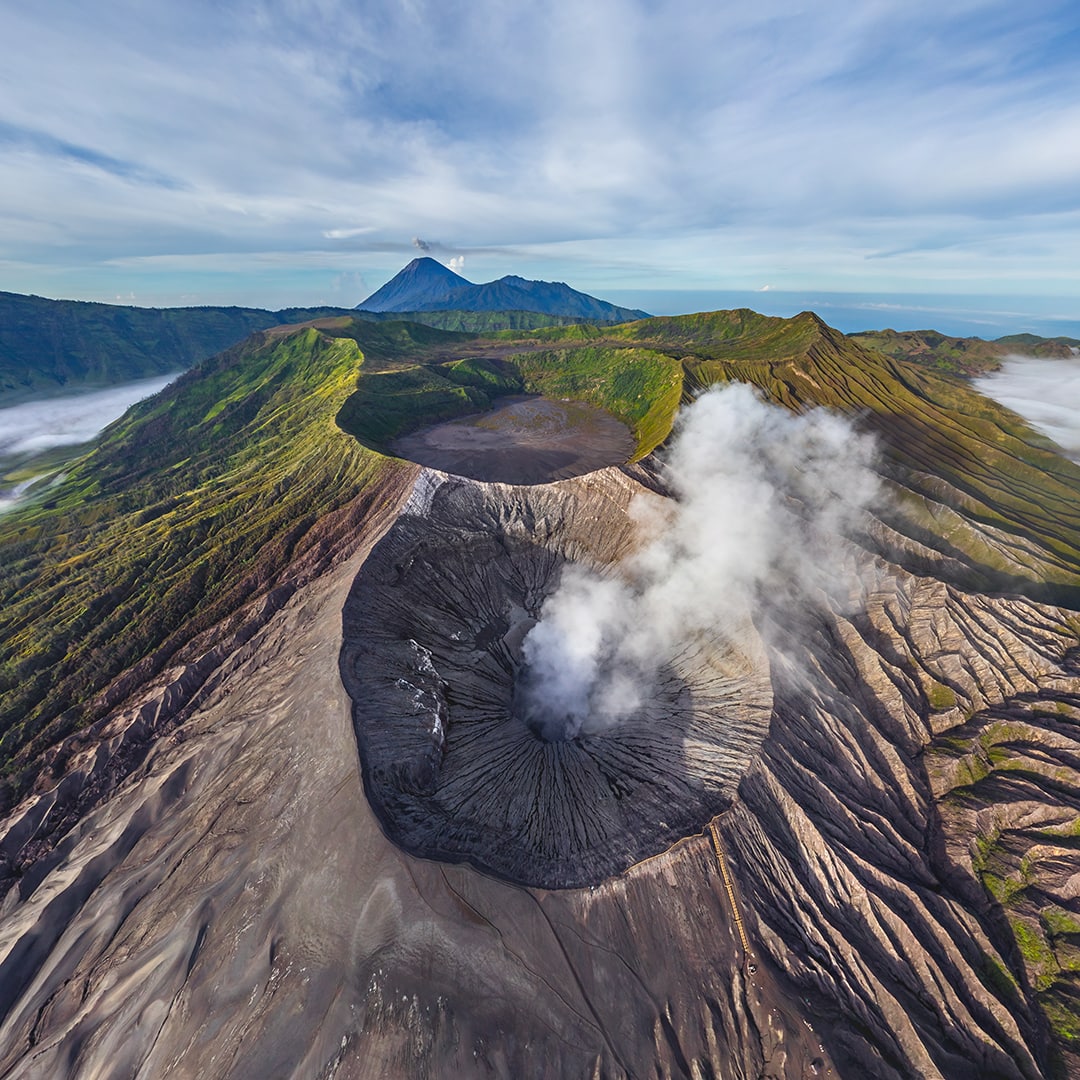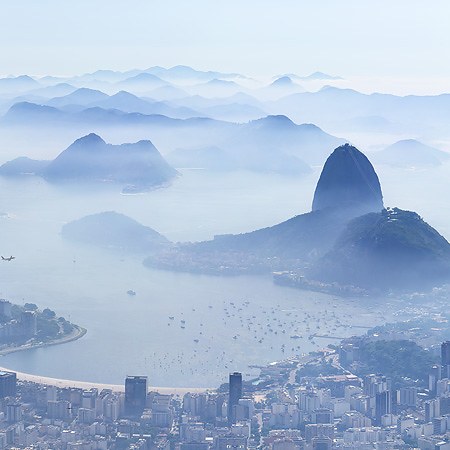Beaches of Rio de Janeiro, Brazil
One of the most famous and interesting cities of the world is Rio-de-Janeiro and our three-series 360° movie is about it. In this episode we will visit the beaches of Ipanema, Copacabana, Leblon, Tijuca and tell you what made them so popular. We are inviting you to fly over the coast of the Atlantic with AirPano. Stay tuned to watch the next episode and the full movie.

At the beginning of the 16th century, the Portuguese sailors arrived in Guanabara Bay and disembarked here. In 1565, they founded the port named São Sebastião do Rio de Janeiro in the most convenient place of the bay. Now this name has been shortened, while the city itself has become one of the most recognisable in the world.

Until 1960, Rio de Janeiro had served as the capital of Brazil but then this function was transferred to Brasília, while Rio became the leading attraction of the country. It occupies 1,260 square kilometres and is covered by flatlands, hills, rocky mountains and beaches. Its historical centre together with the buildings dated the 16th-19th centuries, the coast and Copacabana beach, Sugarloaf Mountain and Christ the Redeemer statue were designated as a UNESCO World Heritage Site. The scale of these natural and man-made landmarks can be easily assessed by looking at the bird's eye view panoramas.

This is, for example, the statue of Christ the Redeemer standing on Corcovado mountain that has become the symbol of not only Rio de Janeiro but the entire Republic of Brazil. This monument was listed as one of the New Seven Wonders of the World for a reason. It is 38 meters high (including 8 meters of a pedestal), weighs 1,145 tons and has 30 meters of arm span.

There is the Corcovado Rack Railway with a tiny train leading to the statue, it was the first railway to be electrified in Brazil. One can also use a car to get to Christ the Redeemer but then take 220 steps up the staircase to the foot of the statue. At least 2 million people visit this monument annually. The observation deck of the statue offers a breathtaking view of the bay, the 396 meters high Sugarloaf Mountain, Copacabana and Ipanema beaches and the Maracanã stadium.

It is not the largest statue of Christ in the world but the most famous one. The monument to hold the record is the Rio-Niterói Bridge connecting the remote coasts of Guanabara Bay: it is the longest bridge in South America (13,290 meters, including 8,836 meters above the water, the highest span is 72 meters high to allow the passage of ocean ships entering and leaving the bay). Among other interesting architectural sights of Rio, there is the Metropolitan Cathedral of Saint Sebastian resembling a Mayan pyramid and the colourful Selaron Steps being 126 meters high and 215 steps long.

Besides, there is the Botanical Garden, numerous forests and parks including the world's largest urban forest on Corcovado mountain. Take a walk through this wonderful city together with AirPano!

Video by Stas Sedov. Photos by Stas Sedov, Dmitry Moiseenko, Sergey Semenov. Stitching by Nickolay Denisov
10 June 2020
Read more
 Rio de Janeiro #11
Rio de Janeiro #11
 Rio de Janeiro #12
Rio de Janeiro #12
 Christ the Redeemer Statue #4
Christ the Redeemer Statue #4
 Rio de Janeiro #13
Rio de Janeiro #13
 Christ the Redeemer Statue #2
Christ the Redeemer Statue #2
 Copacabana beach. Planet
Copacabana beach. Planet
 Christ the Redeemer Statue #6
Christ the Redeemer Statue #6
 Rio de Janeiro
Rio de Janeiro
 Rio de Janeiro #2
Rio de Janeiro #2
 Christ the Redeemer Statue #3
Christ the Redeemer Statue #3
 Rio de Janeiro #8
Rio de Janeiro #8
 Copacabana beach
Copacabana beach
Virtual Travels in 360°
 The Drakensberg - Dragon Mountains, South Africa
The Drakensberg - Dragon Mountains, South Africa
 Chad. From N'Djamena to Ennedi Massif
Chad. From N'Djamena to Ennedi Massif
 Amsterdam, Holland, 2009
Amsterdam, Holland, 2009
 Sintra, Portugal
Sintra, Portugal
 Uzon caldera, Kamchatka, Russia. Part II
Uzon caldera, Kamchatka, Russia. Part II
 Zhivopisniy Bridge, Moscow
Zhivopisniy Bridge, Moscow
 Kalyazin, Bell tower, Volga river
Kalyazin, Bell tower, Volga river
 360 Virtual Tour №2. Bromo Volcano, Java Island, Indonesia
360 Virtual Tour №2. Bromo Volcano, Java Island, Indonesia
 Underwater Wonders, Res Sea, Egypt
Underwater Wonders, Res Sea, Egypt
 Maldives. Above and below the sea
Maldives. Above and below the sea
 Volcano Klyuchevskaya Sopka, Kamchatka, Russia, 2015
Volcano Klyuchevskaya Sopka, Kamchatka, Russia, 2015
Show more










